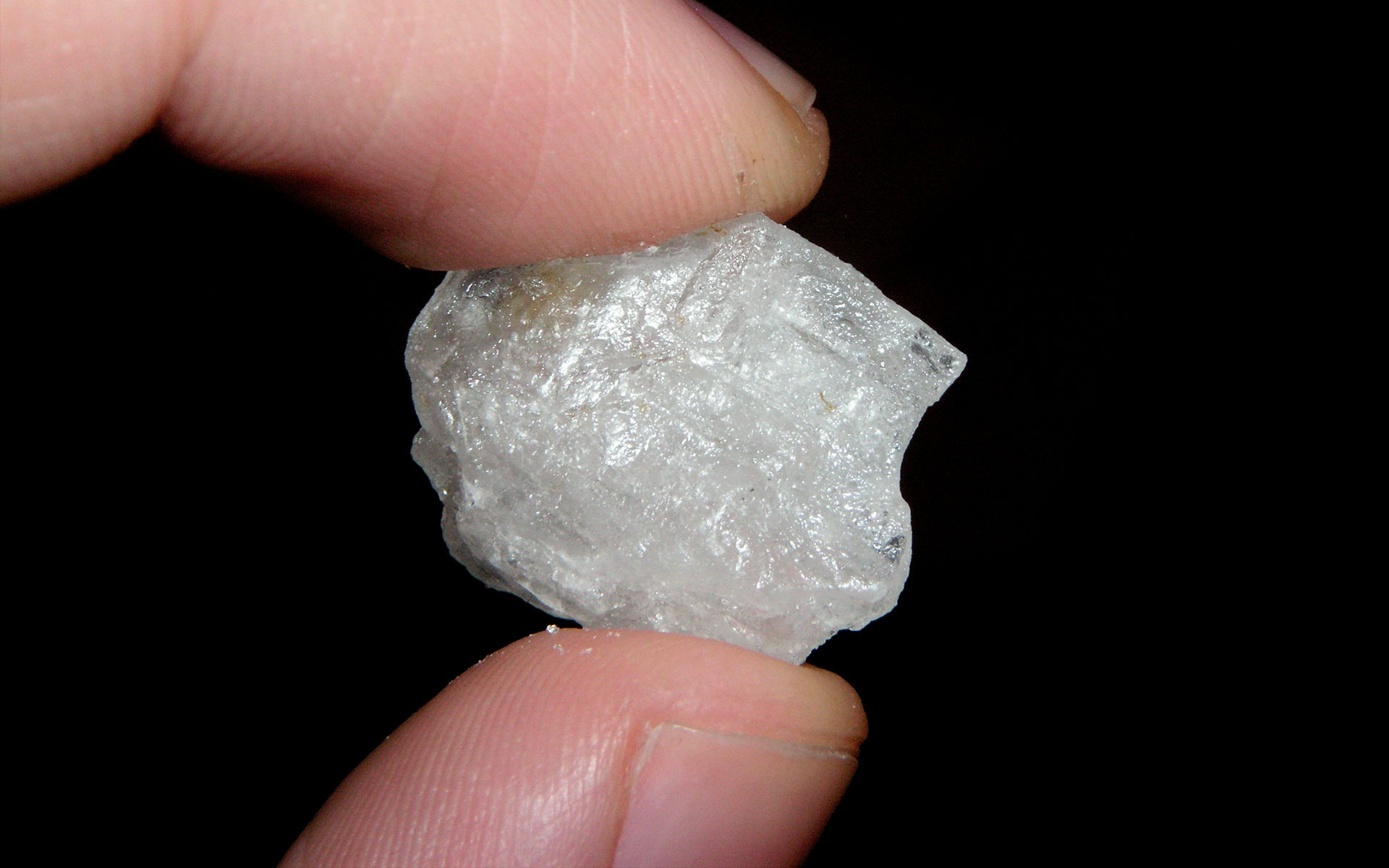The study conducted by the UN Office On Drugs and Crime (UNODC) found that the methamphetamine market in the region has exploded in size and value, and is now estimated to be worth between roughly US$30 billion and $60 billion.
This marks an enormous surge in the methamphetamine trade, which was valued at $15 billion in 2013. According to the report, seizures of the drug are now being made in previously “unimaginable” quantities.
Methamphetamine, alongside other synthetic drugs, is increasingly being produced and trafficked out of Northern Myanmar as a result of crackdowns on organized crime in other areas of East and Southeast Asia, namely China.
At the same time there are indicators that the heroin trade is facing decreasing demand in Southeast Asia, though it remains the second-most trafficked drug in the region.
According to Ryan Winch, a program consultant for the UNODC, several factors have influenced the shift from heroin to synthetic drugs like methamphetamine.
“One of the factors that contributed to this shift is the fact that methamphetamine is more reliably produced,” Winch told OCCRP. “It isn’t dependent on growing seasons or the weather, as is the case with opium cultivation, making it potentially a more stable source of income for producers.”
Moreover, Winch added that methamphetamine production can be executed on smaller plots of land than other drugs, which makes its production simpler and easier to hide from authorities.
Money laundering also remains a persistent problem in a region that has been aggravated by poor border controls and weak legal frameworks. Large sums of money are laundered through legitimate banking systems in Singapore and Hong Kong, but the UN report also denotes the spread of casinos as sites of money laundering.
The report states that there are 230 licensed casinos in Southeast Asia, many of which are poorly regulated and located in areas that suffer from political instability and violence. They have arisen in part as a result of crackdowns on money laundering activities in China.
Organized crime groups have also driven an increase in the trafficking of counterfeit goods, people, and wildlife, according to the report.
Vietnam in particular is a key exporter of timber with close links to illicit timber markets in China, Cambodia, and Lao PDR. At the same time Vietnam, Malaysia, and Thailand are becoming increasingly significant players in the supply chain sending counterfeit goods to the international market.
“Transnational organized crime is an increasingly destabilizing influence in Southeast Asia and a direct challenge to the 2030 Agenda and Sustainable Development Goals embraced by the region,” Jeremy Douglas, a UNODC regional representative for Southeast Asia and the Pacific, stated in the report.

